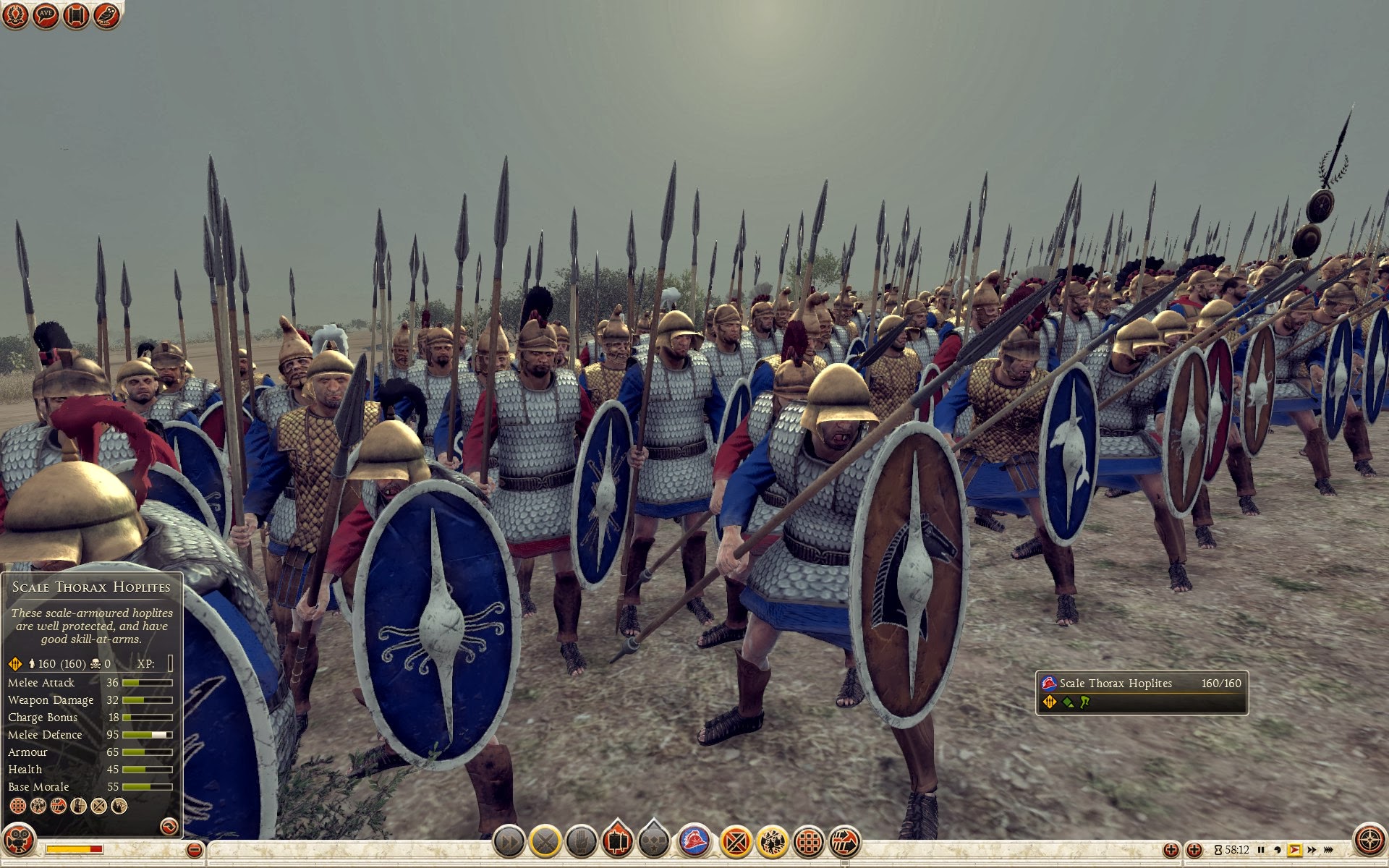
Hoplite warfare was in decline there were three major battles in the Peloponnesian War, and none proved decisive. Fought between leagues of cities, dominated by Athens and Sparta respectively, the pooled manpower and financial resources allowed a diversification of warfare. However, the Peloponnesian War was on a scale unlike conflicts before. 560 BC ( Staatliche Antikensammlungen)ĭuring this period, Athens and Sparta rose to a position of political eminence in Greece, and their rivalry in the aftermath of the Persian wars brought Greece into renewed internal conflict. The hoplite phalanx proved itself far superior to the Persian infantry at such conflicts as the Battle of Marathon, Thermopylae, and the Battle of Plataea.Ĭrouching warrior, tondo of an Attic black-figure kylix, ca. This drastically altered the scale of warfare and the numbers of troops involved. During the Greco-Persian Wars (499–448 BC), alliances between groups of cities (whose composition varied over time) fought against the Persians. Confronted by huge numbers of enemy troops, individual city-states could not realistically fight alone.

As Greek civilization found itself confronted by the world at large, particularly the Persians, the emphasis in warfare shifted. As discussed above, hoplites were a solution to the armed clashes between independent city-states. The rise and fall of hoplite warfare was tied to the rise and fall of the city-state.

there amour weighed 50 pounds thats 1/3 of their body weight.

Anagnostis Agelarakis based on recent archaeo-anthropological discoveries of the earliest monumental polyandrion (communal burial of male warriors) at Paros Island in Greece, unveils a last quarter of the 8th century BC date for a hoplitic phalangeal military organization. Peter Krentz argues that "the ideology of hoplitic warfare as a ritualized contest developed not in the 7th century, but only after 480, when non-hoplite arms began to be excluded from the phalanx". The exact time when hoplitic warfare was developed is uncertain, the prevalent theory being that it was established sometime during the 8th or 7th century BC, when the "heroic age was abandoned and a far more disciplined system introduced" and the Argive shield became popular. Hoplites on an aryballos from Corinth, ca. In later usage, the term hoplite is used to denote any armored infantry such as the Swiss mercenaries during the Burgundian Wars (1474–1477).
Rome 2 blank hoplite shield full#
ὁπλίται hoplitai) derives from " hoplon" ( ὅπλον, plural hopla ὅπλα), the type of the shield used by the soldiers, although, as a word, "hopla" could also denote the weapons held or even full armament. The word " hoplite" (Greek: ὁπλίτης hoplitēs pl. The Persian archers and light troops who had fought in the Battle of Marathon failed when their bows were too weak and incapable of penetrating the Greek shields and armour, and their own armour and shields could not stand up to the longer spears and swords of the Greeks. This new tactic proved to be a success during the Battle of Marathon in 490 BC and the Battle of Plataea in 479 BC, when the Greeks defeated the Persians. In 700 BC, a military innovation called the phalanx formation was introduced. Hoplites generally received basic military training.
Rome 2 blank hoplite shield free#
They were primarily free citizens-propertied farmers and artisans-who were able to afford the bronze armor suit and weapons (estimated at a third to a half of its able-bodied adult male population). Their main tactic was the phalanx formation.

Hoplites were citizen-soldiers of Ancient Greek city-states who were primarily armed with spears and shields. Recreation of a 4th–3rd century BC hoplite, shown carrying an aspis shield (or hoplon). File:Ancient Greece hoplite with his hoplon and dory.jpg


 0 kommentar(er)
0 kommentar(er)
